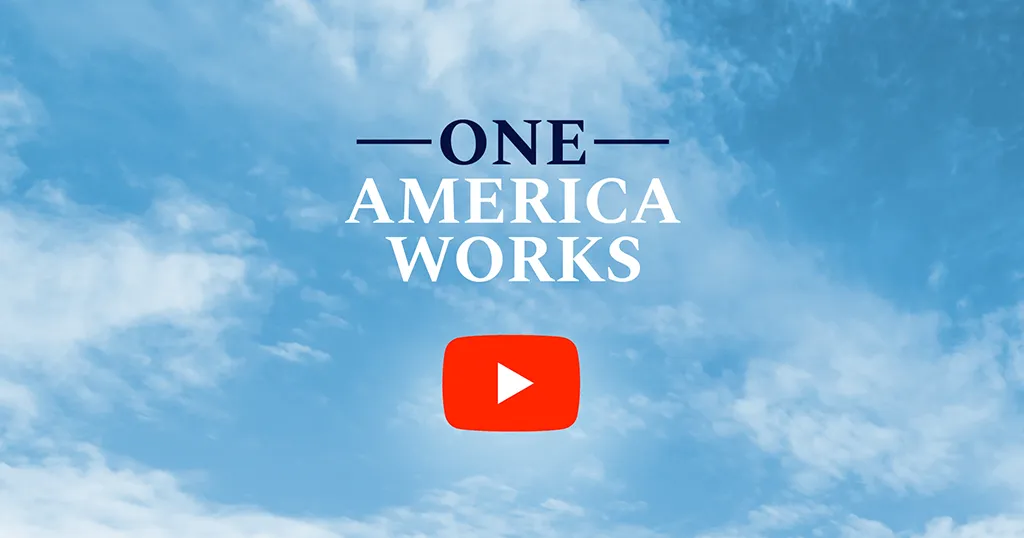Tech recruitment around the country has been transformed by the global pandemic and other trends. Hiring managers work from home, and virtual recruitment is now the norm. Many companies are shifting to new digital platforms that can accommodate an entirely remote process for hiring and onboarding.
Video interviews are becoming standard as well, streamlining the hiring process and making wider talent pools available. Some companies opt for prerecorded video screens, where candidates’ answers can be reviewed later. Others use a range of tools, including Zoom, Skype, Microsoft Teams and Google Hangouts, to conduct panel interviews remotely. Additional software is now more frequently used for coding, whiteboarding and presentations.
Yello reports that video interviews may remain the “new normal.” In addition to offering health safety measures, video interviews often allow for more flexibility in scheduling and a faster, more streamlined hiring process.
The pandemic is changing tech recruitment in other ways, too. With more layoffs and a larger talent pool, hiring processes are filled out by a greater number of candidates. The greater employable workforce combines with the increased ease of video interviewing to make hiring more competitive than ever before—a boon for tech startups. Recruiters may also rely even more on social media marketing and virtual recruitment fairs as in-person alternatives are not feasible.
Virtual Recruitment Events

To make pandemic hiring a success, more companies are turning toward virtual career fairs and hiring events. Digital hiring event platforms use chat technology and teleconferencing to recreate interactions between recruiters, job seekers and hiring managers online. The HR publication SHRM reports that this software allows applicants to ask questions about companies and roles, to upload their resumes and to undergo screening interviews in one centralized place.
Jane Ormerod, senior director of talent acquisition at SAIC in Reston, Va., told SHRM that she’s seen virtual hiring events on the rise. Her team attended hundreds of hiring events last year—nearly all in person—but they’ve led 10 virtual events in the spring. Peter Brooks, vice president of talent acquisition at a global aerospace company in Virginia, seconded Omerod’s view. What was once an option is now “a necessity,” he told SHRM—virtual events are the pandemic normal.
The benefits of virtual recruitment events include greater adaptability and streamlined hiring processes. Candidates no longer have to pay for travel expenses before interviewing. Targeted software makes hiring managers’ jobs easier, too. For example, virtual chat-based software allows recruiters to have a split screen up, showing whether a candidate has applied or been set up for a phone screen—a benefit that wouldn’t be accessible at an in-person event.
Many digital platforms allow companies to customize the recruitment site, according to Recruitics. Whether it’s a standardized color theme or even a background that looks like the lobby of their office space, companies still have options for conveying their unique cultures to digital candidates. Recruiters can also post videos, documents, and application links for prospective candidates to access immediately—a convenient benefit that helps increase the number of applicants.
Companies can customize their career fairs by posting company videos or open positions, sharing company news and social media links, and promoting company perks. They can present new material that isn’t readily accessible on the website—providing invitees with a sense of insider access and a welcoming digital environment.
Online recruitment events also leave a wealth of data for analysts to sift through. They can view reports on the demographics and skill sets of attendees, quantify their activity through the length of their stay and the information they downloaded, and access centralized information about each candidate.
Recruitics recommends compiling a message sheet of standard responses so recruiters can ensure consistency at digital events. Ripplematch reports on the diverse variety of virtual hiring practices available: not just recruitment fairs but also virtual information sessions, webinars, and professional development events. They recommend careful, targeted advertising to leverage digital webinars in a way that increases company diversity and accessible talent pools.
Video Interviewing

There a number of strategies that recruiters can draw on to keep video interviews feeling personal and warm. LinkedIn recommends a virtual office tour for candidates—either through video footage or photos and voiceovers for a quick and inexpensive option. A digital brochure or welcome video can also be a fun option for virtual waiting rooms. Companies are getting creative when it comes to making interviewees feel at home—Instacart even ships its candidates a free coffee mug to stand in for the pre-interview coffee offer.
When it comes to video interviews, companies need to maintain a balance between pre-COVID company culture and opportunities to streamline the interview process. Recruiting News Network recommends that hiring managers use the unexpected disruption as a change to examine all aspects of interview management. From initial contact to interview dress code and follow-up, hiring managers need to think about how they’ll make their candidates feel welcomed in an all-digital environment.
The switch to video interviewing doesn’t have to be painful. In fact, there a number of benefits to switching to—and sticking with—a fully digital, video-based interviewing process. Some of these advantages include easier scheduling (or re-scheduling) and the ability to re-watch recorded interviews if key information gets lost. Prerecorded interviews are also convenient for candidates with a current job—they don’t have to duck outside during their lunch breach to talk.
Remote Onboarding

Meeting a new hire digitally can seem strange and intimidating. When the first day in the office becomes just another day at the home office, new recruits may feel nervous or unsettled.
The remote onboarding process can be managed successfully, however. The key is open communication and inclusion. As long as candidates feel that they’re being listened to, that their questions are being answered, and that they’re on the same page with current employees, onboarding goes well whether it’s remote or in-person.
Companies can get innovative with onboarding, whether that means assigning virtual “office buddies” or populating a new hire’s calendar with social and training sessions. A virtual meet-and-greet can go a long way to helping new hires feel comfortable quickly.
Quontic, a Manhattan-based bank, reports that the secret to their remote onboarding success was focusing on job description and clarity. Clear expectations are always important, but time-based goals are especially key to bring structure to fully remote roles. Quontic also recommends approximating the office experience through events like Zoom lunches for new hires. “Intentional onboarding” helps introduce the new hire to company culture and engagement.
Moving Forward
Remote hiring and onboarding can be tricky, especially if your company hasn’t navigated these processes in a fully digital way before. But it’s certainly possible to hire and grow digitally. As long as hiring managers remain optimistic and open—going the extra mile to make sure that candidates and new hires feel motivated and welcomed—then remote hiring can be just as successful, and even more convenient, than pre-COVID and in-person processes.
Are you thinking about a virtual recruitment fair? Trying to navigate the strange landscape of hiring during a pandemic? One America Works can help your company manage recruitment through 2020 and beyond. We recently hosted a successful virtual recruitment fair and are eager to connect you to future events and provide you with strategies for virtual success. Contact us to learn more.



